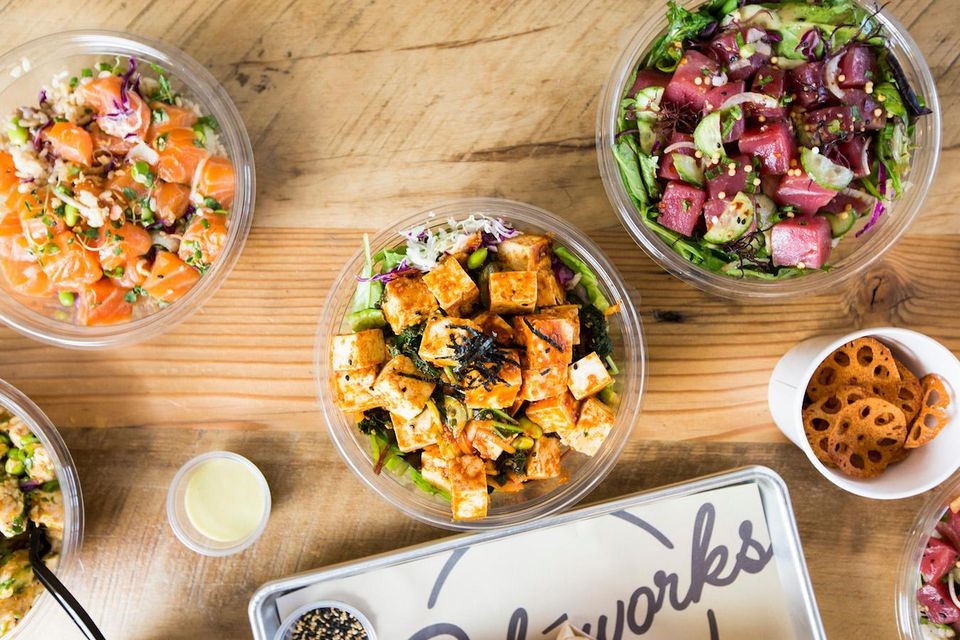Race for Poke Bowl Dominace
By Dayna Fields with Mergermarket/Acuris, a partner of the M&A Leadership Council
The race for global dominance among Hawaiian-inspired poke bowl restaurants is heating up as major players emerge and attract interest from both buyers and sellers, industry executives say.

Los Angeles-based Mainland Poke turned down several LA-based buyout approaches over the past year, said CEO Ari Kahan, citing poor real estate choices and high rents. Texas-based Poke Poke was approached by two different Chicago-based and one New Jersey-based businesses, said CEO Jason McVearry, noting it passed due to similar reasons.
Whook is ready to buy, however, are institutional funds and some of the world’s largest restaurant companies.
In June, Pokeworks received an investment from Toridoll Holdings Corporation, according to a press release from the Japan-based restaurant operator. On 26 June, Nihon Keizai Shimbun pegged Toridoll’s investment at 2 billion Japanese yen ($18 million) for a 40% stake. CFO Wen Wei told Mergermarket that it had several other offers from private equity firms and strategic corporates on the table.
Pokeworks currently has 20 locations, but the Toridoll investment will allow it to reach around 400 units worldwide by 2021 and accelerate expansion into Asia, said CMO Kevin Hsu. It is launching in Mexico City this year and will heavily target Dubai, Singapore and Malaysia in 2019.
“Having a public Japanese company that focuses on raw fish is an extremely beneficial partner for us,” he said.
John Potter, PricewaterhouseCoopers’ deals leader for consumer markets, said many supply chains are owned by Asian companies and, therefore, “a lot of investment into U.S. restaurants and food is coming from Asian investors.”
Poke restaurants offer several enticing traits for investors, said Potter, starting with its simple prep and low overhead, which equate to higher EBTIDA margins. It also appeals to a younger, health-conscious consumer—a pattern that Potter is seeing across the overall US food sector. And even with premium prices (bowls cost anywhere from $11 to $17), demand is strong within this young segment, which means there is plenty of runway for growth.
The result is a race to scale quickly. “The ability to grow and maintain presence is key in this space,” said Potter.

